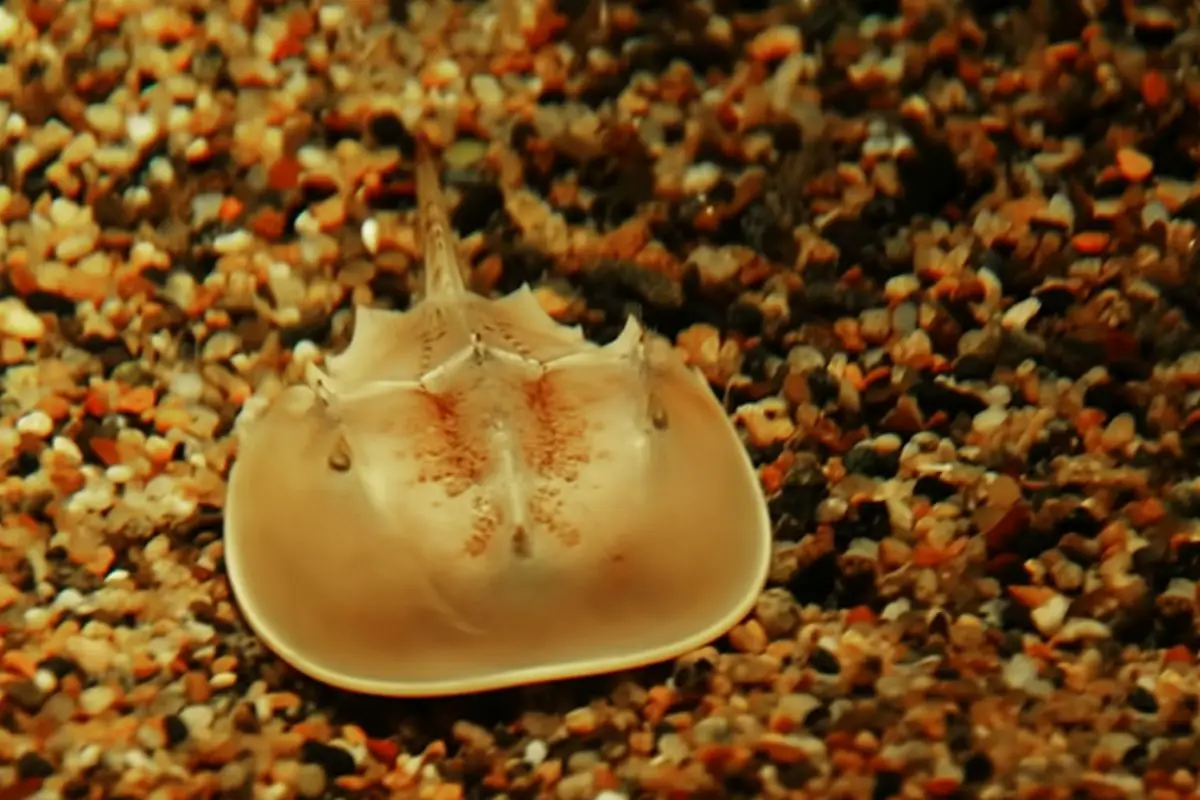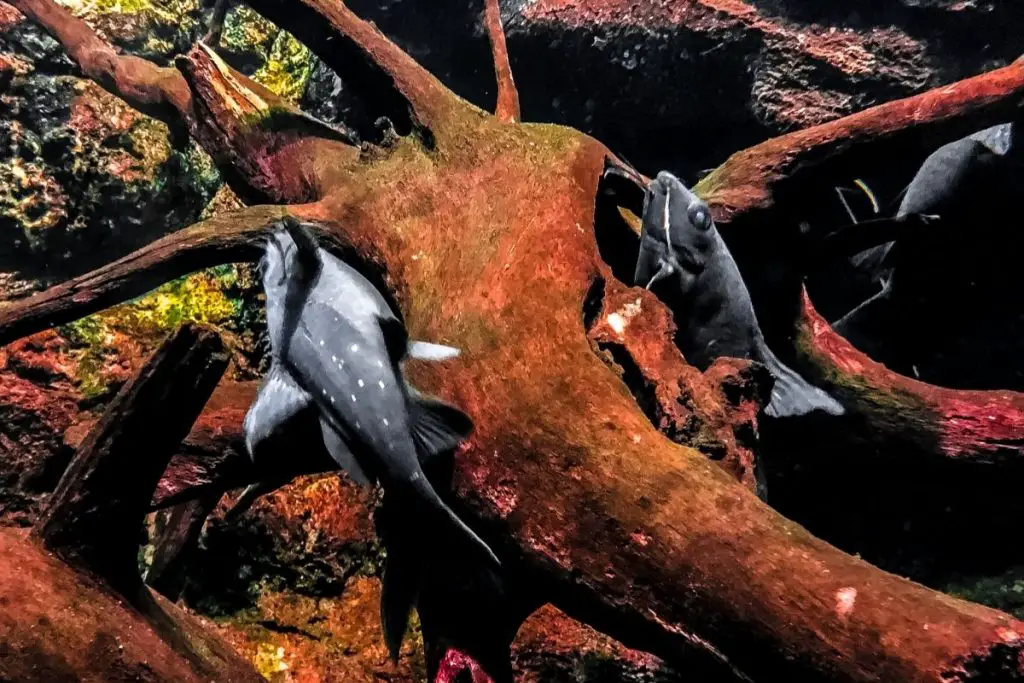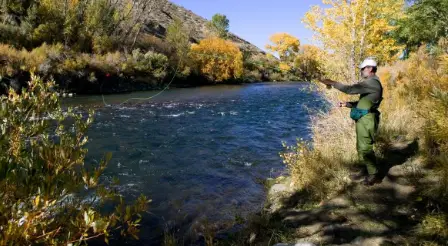The term bottom feeder doesn’t sound very pleasant, in fact, bottom feeders sound like some sort of deep-sea creatures that have never seen the light of day.
However, when it comes to the fish kingdom, these creatures are imperative to maintaining the underwater ecosystem.
There’s a general thought that bottom feeders scurry along the bottom of the seafloor scooping up anything and everything, from dead animals to decaying plants.
But bottom feeders are more than just detritivores, and some of our favorite seafood delicacies are classed as bottom feeders.
In this guide, we’re going to look at what bottom feeders are, common bottom feeder fish, their physiology, and how they feed.
What Is The Best Bottom Feeders ?
A bottom feeder refers to an aquatic animal that feeds near the bottom of a body of water – whether that’s the seafloor, riverbed, or bottom of a lake.
As we’ve already noted, not every bottom feeder is a detritivore (solely eating decaying plants and animals). A lot of bottom feeders get their nutrients from algae and other plant matter on the seafloor.
Bottom feeders who are carnivorous will also eat smaller bottom feeders. In deeper bodies of water, deep-sea bottom feeders will feast on jellyfish and squid.
This allows them to absorb carbon dioxide, which stops it from going back into the atmosphere. As a result, they help to clean up millions of metric tons of carbon dioxide each year.
Biologists will often use the term benthos to refer to bottom feeders that are invertebrates, which includes crabs, crayfish, bristle worms, starfish, sea anemones, snails, and sea cucumbers.
But benthos technically refers to any aquatic life that lives near the seafloor.
However, biologists also use specific terms to refer to bottom-feeding fish, such as benthic fish or demersal fish. Some common species of bottom-feeding fish include bass, carp, halibut, cod, sole, and carp.
Who knew some of our favorite fish are classed as bottom feeders?
Physiology
As bottom feeders live and eat at the bottom of a body of water, they have evolved specialized traits which help them live and survive near the substrate. Let’s take a look at some of their key characteristics.
Flat Ventral Region
A lot of bottom feeders have something which is known as a flat ventral region. In simple terms, this means that they have flat stomachs, which allows them to rest upon and move along the substrate.
For some bottom feeders, such as koi, their flat ventral region is not that extreme. In others, like stingrays, their bodies are so flattened that they don’t look like fish at all.
There are also fish, like flatfish, who lie on their sides, rather than their stomachs.
Inferior Mouth
Although this sounds like a rather odd term, the inferior mouth doesn’t refer to the quality or performance of a bottom feeder’s mouth, but rather where it’s located on the body.
Bottom feeders’ mouths are located more towards the bottom of their mouths and are normally pointed downwards.
This aids the fish in being able to poke around the substrate looking for food, whilst still being able to keep an eye out for any predators.
Suckermouths
Some species of bottom feeders, like oto cats, have “suckermouths”. Suckermouths allow them to latch onto surfaces and scrape away any algae or biofilm.
Suckermouths are round and look a little like a suction cup, hence the name. As they can latch on to whatever surface they are feeding from, it allows them to stay in place, even in fast-moving waters.
Barbels
Many best bottom feeders, like catfish, have something called barbels. These are fleshy whiskers that grow near their mouths. They are hyper-sensitive and allow bottom feeders to search for food.
They also have tasting cells on them. So, if a best bottom feeder finds something edible outside of their mouth, they can easily find it using their barbels.
Feeding Strategies
As noted, some bottom feeder species are detritivores, so they will eat any dead organic matter which drifts down to the seafloor.
In the ocean, this drift is called marine snow, and most best bottom feeders gather this “snow” manually.
Bottom feeders are imperative to underwater ecosystems as they are essentially recycling organic matter, which is critical to help maintain balance in aquatic environments.
As mentioned, bottom feeders can absorb carbon dioxide through eating jellyfish, which prevents the gas from being placed back into the atmosphere.
Some bottom-feeders feed on living plants and even some sea urchin species. Others are carnivorous and will either hunt other bottom feeders or scavenge for sunken bodies.
Predatory bottom feeders have developed clever ways to stalk their prey. One common tactic is to cover themselves with sand and sediment, as a sort of camouflage.
This allows them to quickly strike against unsuspecting prey.
Is It Safe To Eat the best Bottom Feeders?

Tyger Leader is reader-supported and may earn a commission when you book or purchase using our links. Learn more about our affiliate disclaimer here.
As we’ve already touched on, many popular types of seafood that we consume are bottom feeders. From shrimp and lobster to cod and halibut, these fish are both tasty and healthy dinner options.
Most bottom feeders aren’t just “bottom of the water bed” creatures, they’re also the bottom of the food chain.
With their diet of detritus and algae, they’re rich in Omega-3 fatty acids, which have a positive impact on our health.
With that being said, some larger predatory bottom feeders have high concentrations of pollutants and toxins – like mercury – in their systems, which can make them dangerous to eat.
If you don’t want to chance it, farmed fish is considered a “better” option. Although there are a lot of concerns surrounding fish farming, it doesn’t technically matter if a fish species is classed as a bottom feeder if it is farmed.
If you’re purchasing farmed fish, make sure it has been raised in a clean and healthy environment. Check the packaging for certification that ensures that the fish is from a high-quality farm.
Final Thoughts
Did you know that so many popular seafood species are classified as bottom feeders? Not only are they delicious to eat, but they’re also key to helping maintain aquatic water ecosystems, which we find fascinating!
We hope this guide has taught you a little more about what bottom feeders are, their feeding habits, and what special characteristics they have developed to help them survive.



